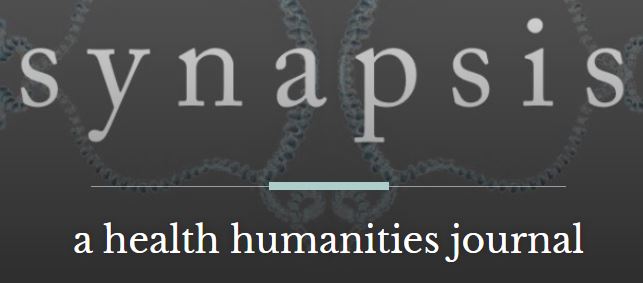In modern times, the names and figures “Arab” and “Jew” have had a history of resemblance (19th century philologists and biblical scholars have often related to both “Semites” and discussed them interchangeably), followed by a history of setting the two figures apart in radical opposition. This spilt solidified in 1948, when Israel was established as a Jewish state on the ruins of Palestine, with close to 800,000 Palestinian refugees exiled from their homes. Within this context “Jew” and “Arab” became radically opposed political and cultural figures. While this remains the case for several decades within Israel, resulting in an active suppression of “Mizrahi” (Jews from the Levant and the Maghreb) culture, memory, and affiliations, the past two decades have been characterized by a boom in the production of Mizrahi art, music, and literature as well as a great development of a political and epistemological position that refuses to set “Jew” and “Arab” apart.
In this course we will engage a broad theoretical spectrum of texts dealing with questions of memory, representation, hegemonic (state) power and the ability of counter-hegemonic cultural forces to de-colonialize structures of power. We will accompany these general theoretical readings with historical, political and literary texts by and about “Arabs,” and “Jews” that is by and about the relationship between these two figures, which in many cases, as we shall see, is not really two figures, but one.
Finally we will explore the cultural and political meaning behind these literary productions and other projects. Are they mainly about the reconstructing the past? Reviving otherwise lost memories? Or should they be read as futuristic texts, invested in recovering the past bonds between “Jew” and “Arab” (often within the self) for the sake of creating an alternative future?
The Heyman Center for the Humanities, Room B-101
74 Morningside Drive
New York, NY, 10027
(212) 854-4541
(212) 854-3099


